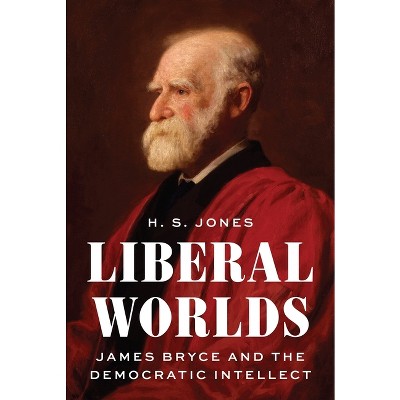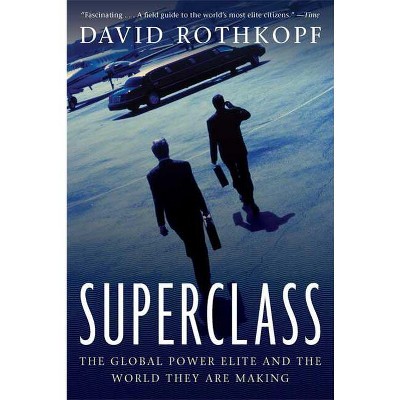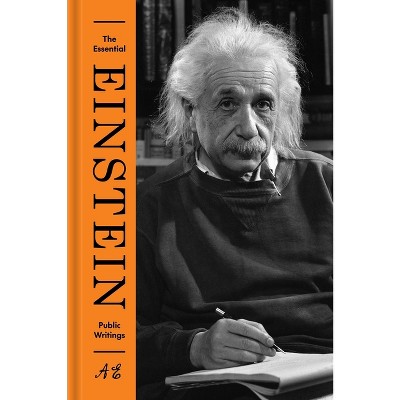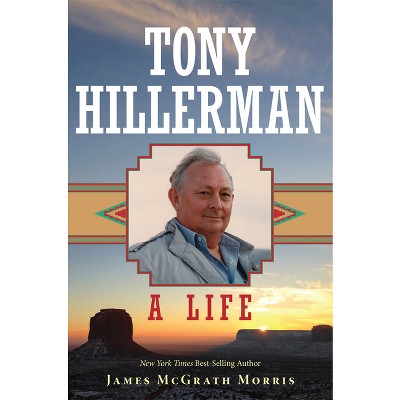Sponsored

Zhukov At the Oder - by Tony Le Tissier (Hardcover)
In Stock
Sponsored
About this item
Highlights
- In his new book, Tony Le Tissier provides the first detailed account of the Soviet-German conflict east of Berlin, culminating in 1945 with the last major land battle in Europe that proved decisive for the fate of Berlin.
- About the Author: TONY LE TISSIER (MBE) served 22 years in the British army, retiring in 1977 to work for the British Military Government in Berlin, his role including that of being the last British Governor of Spandau Allied Prison until its closure following the death of Rudolf Hess.
- 360 Pages
- History, Military
Description
About the Book
In his new book, Tony Le Tissier provides the first detailed account of the Soviet-German conflict east of Berlin, culminating in 1945 with the last major land battle in Europe that proved decisive for the fate of Berlin. When the first Red Army soldier reached the Oder on the 31st of January, everyone at the Soviet Headquarters expected Marshall Zhukov's troops to bring a quick end to the war. However, despite desperate fighting by both sides, a stalemate persisted for two months, at the end of which the Soviet bridgeheads north and south of Kustrin were united and the fortress finally fell. By drawing not only on official sources, but also on the accounts of individuals involved, Le Tissier meticulously reconstructs the difficult breakthrough achieved on the Oder: the establishment of bridgeheads, the battle for the fortress of Kustrin, the bloody fight for Seelow Heights. Numerous maps and step by step illustrations show the operations of both contestants in detail and reveal a most interesting episode in the history of the Second World War in Europe.
In his new book, Tony Le Tissier provides the first detailed account of the Soviet-German conflict east of Berlin, culminating in 1945 with the last major land battle in Europe that proved decisive for the fate of Berlin. When the first Red Army soldier reached the Oder on the 31st of January, everyone at the Soviet Headquarters expected Marshall Zhukov's troops to bring a quick end to the war. However, despite desperate fighting by both sides, a stalemate persisted for two months, at the end of which the Soviet bridgeheads north and south of Kustrin were united, and the fortress finally fell.
By drawing not only on official sources, but also on the accounts of individuals involved, Le Tissier meticulously reconstructs the difficult breakthrough achieved on the Oder: the establishment of bridgeheads, the battle for the fortress of Kustrin, and the bloody fight for Seelow Heights. Numerous maps and step by step illustrations show the operations of both contestants in detail and reveal a most interesting episode in the history of the Second World War in Europe.
Book Synopsis
In his new book, Tony Le Tissier provides the first detailed account of the Soviet-German conflict east of Berlin, culminating in 1945 with the last major land battle in Europe that proved decisive for the fate of Berlin. When the first Red Army soldier reached the Oder on the 31st of January, everyone at the Soviet Headquarters expected Marshall Zhukov's troops to bring a quick end to the war. However, despite desperate fighting by both sides, a stalemate persisted for two months, at the end of which the Soviet bridgeheads north and south of Kustrin were united and the fortress finally fell. By drawing not only on official sources, but also on the accounts of individuals involved, Le Tissier meticulously reconstructs the difficult breakthrough achieved on the Oder: the establishment of bridgeheads, the battle for the fortress of Kustrin, the bloody fight for Seelow Heights. Numerous maps and step by step illustrations show the operations of both contestants in detail and reveal a most interesting episode in the history of the Second World War in Europe.
In his new book, Tony Le Tissier provides the first detailed account of the Soviet-German conflict east of Berlin, culminating in 1945 with the last major land battle in Europe that proved decisive for the fate of Berlin. When the first Red Army soldier reached the Oder on the 31st of January, everyone at the Soviet Headquarters expected Marshall Zhukov's troops to bring a quick end to the war. However, despite desperate fighting by both sides, a stalemate persisted for two months, at the end of which the Soviet bridgeheads north and south of Kustrin were united, and the fortress finally fell. By drawing not only on official sources, but also on the accounts of individuals involved, Le Tissier meticulously reconstructs the difficult breakthrough achieved on the Oder: the establishment of bridgeheads, the battle for the fortress of Kustrin, and the bloody fight for Seelow Heights. Numerous maps and step by step illustrations show the operations of both contestants in detail and reveal a most interesting episode in the history of the Second World War in Europe.Review Quotes
.,."it is so well presented: the book is dense in terms of the amount of information included, but it reads very easily....Zhukov at the Oder will appeal strongly to readers interested in the Russian Front of the Second World War, but also to anyone interested in reading a well written battle narrative."-Canadian Military History Book Review Supplement
?...it is so well presented: the book is dense in terms of the amount of information included, but it reads very easily....Zhukov at the Oder will appeal strongly to readers interested in the Russian Front of the Second World War, but also to anyone interested in reading a well written battle narrative.?-Canadian Military History Book Review Supplement
..."it is so well presented: the book is dense in terms of the amount of information included, but it reads very easily....Zhukov at the Oder will appeal strongly to readers interested in the Russian Front of the Second World War, but also to anyone interested in reading a well written battle narrative."-Canadian Military History Book Review Supplement
About the Author
TONY LE TISSIER (MBE) served 22 years in the British army, retiring in 1977 to work for the British Military Government in Berlin, his role including that of being the last British Governor of Spandau Allied Prison until its closure following the death of Rudolf Hess. After the unification of Germany in 1991, he elected to stay in Berlin working independently as a historian, writer, lecturer, and battlefields guide. His previous works include The Battle of Berlin, 1945,, and Farewell to Spandau.
















